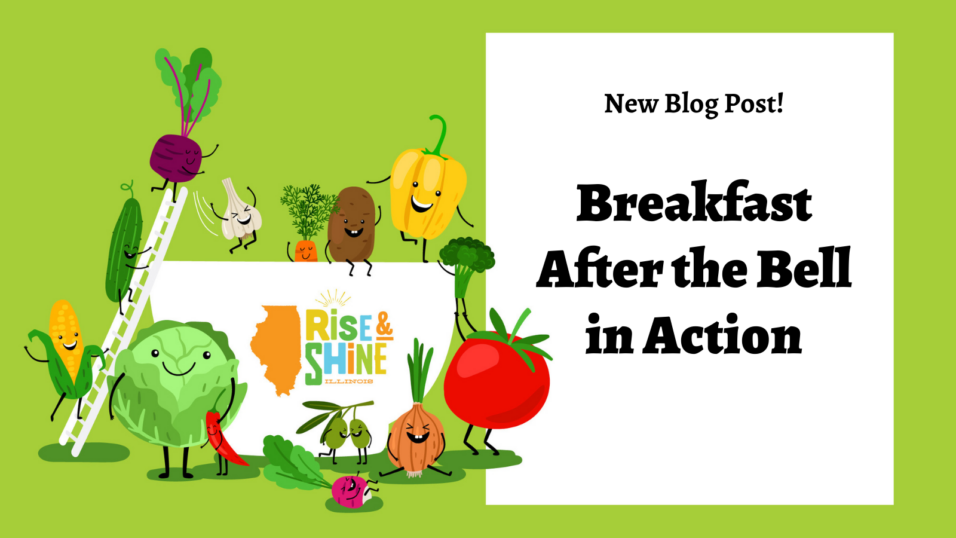Before, during, and after the pandemic, school districts across the state use Breakfast After the Bell programs to increase access to the most important meal of the day. Ensuring students eat a healthy breakfast sets them up for success during the school day and beyond. Here are their stories:
Waukegan
Before the pandemic, Waukegan CUSD 60 had 5 schools operating breakfast after the bell programs. Because of this experience, the district has strong plans to implement breakfast in the classroom for in-person hybrid learners. Their previous BAB programs saw breakfast participation double, serving nearly every student in the building! Alicia Williams, Waukegan’s Coordinator of Child Nutrition, is confident providing breakfast options during instructional time will further the mission to fight hunger in the district and set students on a path to success. Because of the program’s benefits before and during the pandemic, breakfast after the bell will expand post-COVID. According to Williams, there has been an outpour of thanks from parents, students, social workers, and teachers alike who approve of the program.
Decatur
In Decatur, students are no stranger to eating breakfast during the school day. Before Covid-19, Aramark’s Scot Gregory and his team made sure Decatur schools were operating 100% under the breakfast in the classroom model. As the district transitions to a hybrid model, Gregory plans to leverage previously purchased resources like carts and coolers to deliver breakfast AND some lunches from room to room, to keep students socially distant. The team’s dedication to feeding all students despite difficult circumstances significantly influenced the increased enrollment numbers for the 2020-2021 school year and has positively contributed to the greater Decatur community.
Benton
In response to the pandemic and students beginning to attend school in person, Benton School District tried out Breakfast in the Classroom, serving breakfast to kids after the school day started to avoid breakfast in the cafeteria and ensure social distancing. Though once hesitant, teachers and staff have since seen the benefits of breakfast in the classroom for their younger students and will implement the program in the lower grades post-COVID. The teachers like that the kids have time to eat a nutritious breakfast every morning and are less hungry before lunch. Because the district already has the necessary equipment and experience, the transition should be seamless!
Elgin
With plans to start Community Eligibility Provision (CEP) in schools next year, Elgin U-46, led by Elena Hildreth, is finding use of their grab-and-go meal equipment like carts and coolers to prepare for a post-COVID Breakfast After the Bell program. Pairing CEP, which allows all students to have school meals free of charge, and Breakfast After the Bell at the same time will ensure that the district increases breakfast participation and makes the most out of their CEP status.



